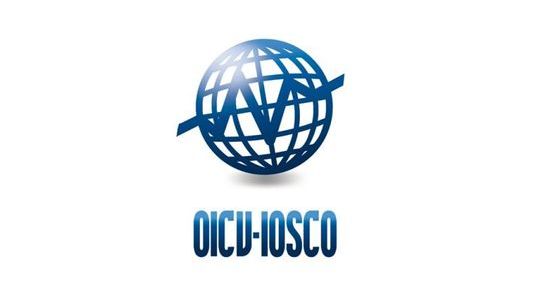Sustainability does not mean sacrificing performance
By Anthony Cowell and Amin Rajan, KPMG Cayman and CREATE-Research UK
Published: 31 January 2020
ESG is pivoting towards mainstream. No longer a box ticking exercise, it is a hard-nosed approach to investing as unfamiliar risks emerge.
Launched in 2006, the UN-backed Principles of Responsible Investing are now supported by nearly 1900 asset owners, asset managers and their service providers worldwide. At the 2015 COP21 Paris conference, 195 countries committed to reduce carbon emissions to achieve the 2C scenario. In the same year, the UN also issued a new implementation framework for its 17 Sustainable Development Goals – aimed at bolstering infrastructure spending, ending poverty and making the planet greener.
Pension plans are now adopting a holistic investment process where ESG factors sit beside financial factors, such that the assets are managed from a total risk–return perspective.
Such ESG integration is now occurring in three ways: using exclusionary screens to remove companies or industries not aligned to investors’ ethical goals; evaluating all companies along ESG measures; and targeting specific social or environmental goals on top of financial returns. All this is done in the belief that ESG not only delivers better-informed decisions and credible outcomes. It also acts as an early-warning system for fat-tail or far-off risks that are hard to model statistically, owing to their long-term and infrequent nature.
Finally, taking an activist stance on governance – by exercising voting rights and strategic engagement – can deliver long-term value while exercising responsibility as an asset owner. Worldwide, some $30 trillion is now invested based on ESG criteria. The three are viewed as mutually reinforcing, not exclusive.
The starting point for ESG investing is governance. It forms the basis of strong environmental and social standards. It plays a key role in understanding how the company’s vision and business practices are aligned to delivering the sustainability goals.
Critical to all three is investment stewardship that promotes active engagement with companies to protect and enhance the value of their shareholders’ assets. Ethical exclusions without engagement have not delivered good returns at many pension plans.
As yet, there are no performance data going back far enough to confirm if ESG is a factor that drives risk and return in a systematic way over a long period – like traditional factors, such as value, momentum and low variance.
But ESG exposures are still deemed to be conveying information about future risks that are not captured by statistical models. The case in point is the current large reserves of fossil fuels. These could turn into ‘stranded assets’, as the global economy transitions towards a low-carbon future.
Opinion and evidence differ over whether ESG adds value. For most investors, it is a relatively new phenomenon. Only over time, its impact will become more evident. But its role as a risk mitigation tool is clear. Statistical models show that stocks in the worst ESG quintiles have total volatility that is higher by 10-15% and betas that are higher by 3%.
In the near term, one key challenge is the paucity and reliability of ESG data. They emanate from a diversity of sources and do not follow uniform definition and data collection practices. Data vendors use different definitions that don’t – as yet – fit into a standardized format. Evidently, there is over reliance on self-reported data, which encourages companies to report favourable data or opt out completely.
That does not detract from an important recent development. Large pension plans are already benchmarking their equity investments against a global equities index that selects best-in-class companies that are solving environmental issues. Japan’s Government Pension Investment Fund with $1.3 trillion in assets has set an example that many are following.
So far, the most tangible impact relates to the governance risk inherent in emerging market equities and corporate debt, where the majority of companies are owned either by governments or by families. When these investments were delivering 10-15% returns annually in the 2000s, the risk was easy to price in. That is no longer possible, as their returns have almost halved.
Many EM corporates have been obliged to implement reforms that protect investor rights, diversify investor base, have independent boards, follow GAAP accounting practices, have independent audits, link executive incentives to long-term returns and have greater shareholder engagement. Progress has been gradual but no less visible.
ESG investing is coming of age.








